Don’t Believe the Myth: Your Guide to Amazing Winter Fruit
For years, I worked the pre-dawn shift at a fresh market, surrounded by the incredible smells of just-harvested produce. And every winter, like clockwork, I’d hear the same thing from customers: “There’s just no good fruit in winter, is there?”
In this article
Honestly, that’s one of the biggest food myths out there. Summer gets all the glory with its berries and peaches, but winter has its own roster of superstars. These aren’t sad, pale imitations of summer fruit; they’re unique characters that develop deep, complex sugars and robust flavors precisely because of the cold. Eating seasonally in winter isn’t about making sacrifices. It’s about shifting your focus to what’s at its absolute best right now.
So, let’s dive into what you should actually be looking for. This is the stuff I taught my crew—how to spot the best, store it right, and even understand a little of the science behind why it tastes so good.
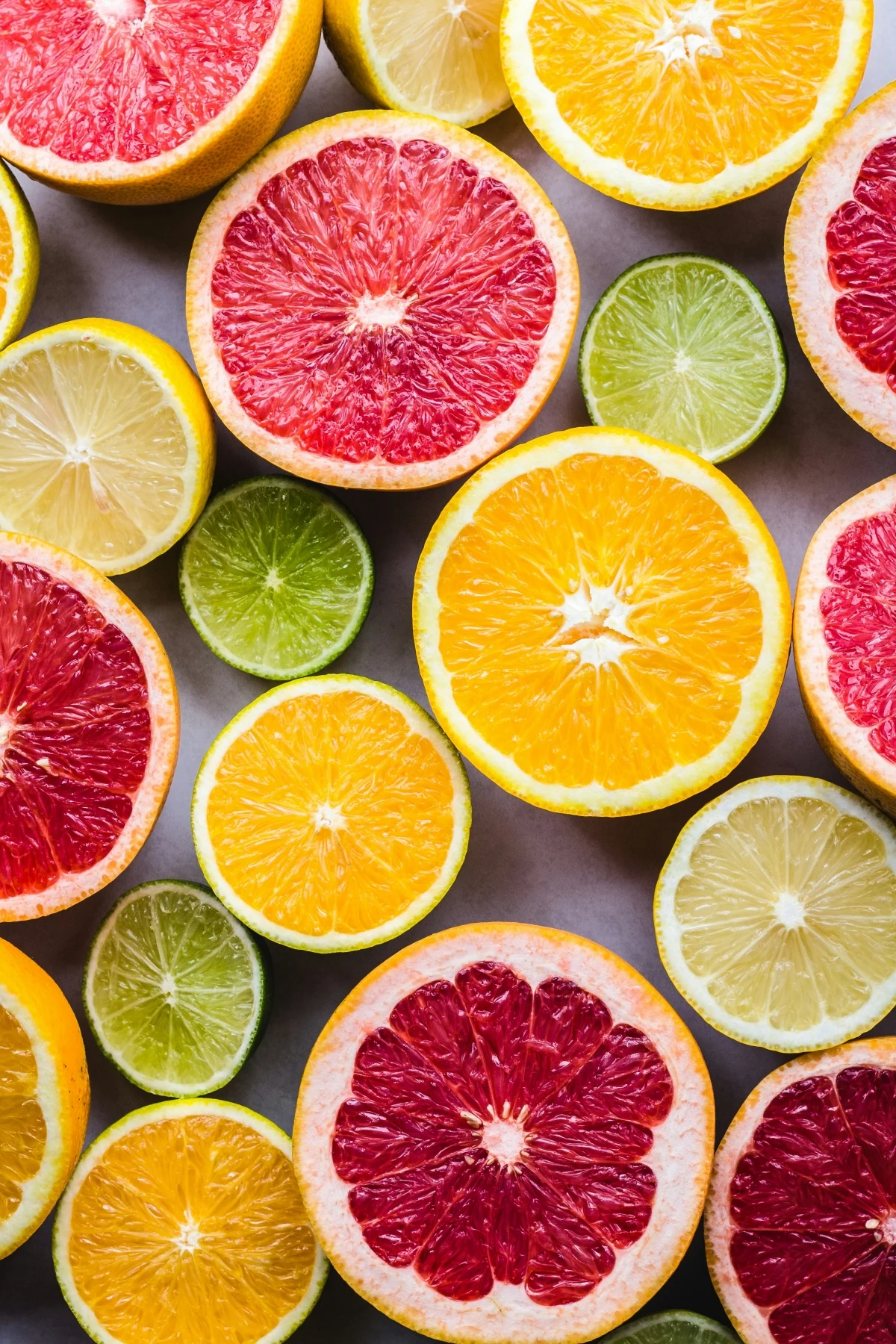
The Heart of Winter: Getting to Know Citrus
When you think winter fruit, your mind probably jumps to citrus, and for good reason. Those cold nights and milder days are the perfect recipe for sweet, juicy fruit. The chill is what tells the tree to convert starches into sugar, giving us that flavor we crave.
Oranges: Way More Than Just Juice
Walking into a grocery store and seeing a pile of oranges can be a little confusing. They aren’t all the same, and knowing the difference is the key to not being disappointed.
- For Snacking: Navel Oranges. These are your classic, easy-to-peel eating oranges. You can spot them by the little “belly button” on one end. They’re almost always seedless and have a perfectly balanced sweet flavor. When picking one, don’t worry about minor skin blemishes. The real test is weight—it should feel heavy for its size. That heft means it’s full of juice. Give it a gentle squeeze; it should be firm, not spongy.
- For Juicing: Valencia Oranges. These guys have thinner skins, a few seeds, and are practically bursting with juice. They have a slightly tarter kick, which is great for a fresh-squeezed morning drink. By the way, here’s a pro tip: while you can juice a Navel orange, its juice will turn bitter pretty quickly (usually within 30 minutes). This is due to a compound called limonin. So, if you’re not drinking it immediately, stick with Valencias for juicing.
- The Fancy One: Cara Cara Oranges. On the outside, they look like a regular Navel, but the inside is a stunning pinkish-red. They are incredibly sweet with very little acidity and have these wonderful, complex flavor notes that remind me of cherry or raspberry. They’re fantastic for eating fresh or adding a pop of color to a salad. Expect to pay a bit more for them, maybe $3-4 a pound compared to $1.50 for Navels, so think of them as a delicious treat.
A Quick Word on Storage: That beautiful bowl of oranges on your counter looks great, but it’s a death sentence for their freshness. They’ll only last about a week at room temperature. For longer life—up to a month!—put them in your refrigerator’s crisper drawer. And here’s the key: keep them loose, not sealed in a plastic bag where moisture can build up and cause mold. Oh, and let a refrigerated orange sit on the counter for 20-30 minutes before you eat it. Taking the deep chill off really brings out its flavor.

Grapefruit: Understanding the Bite
Grapefruit is a nutritional powerhouse, but that signature bitterness can turn some people off. That bitterness actually comes from a specific flavonoid concentrated in the white pith and membranes.
Here’s a good rule of thumb: the redder the flesh, the sweeter the fruit. A deep red variety will generally be much sweeter than a white or pink one because it has less of that bitter compound and more lycopene (a great antioxidant). Just like with oranges, choose grapefruits that feel heavy and have smooth, springy skin. Avoid any with soft, water-logged spots.
Heads Up! A Crucial Safety Warning: This is non-negotiable, and something I drilled into my staff. Grapefruit and its juice can seriously interfere with many common medications, including some for cholesterol, blood pressure, and even allergies. It can block an enzyme your body uses to process these drugs, leading to dangerously high levels in your system. If you take any regular medication, you absolutely must talk to your doctor or pharmacist before adding grapefruit to your diet. This is a big deal.
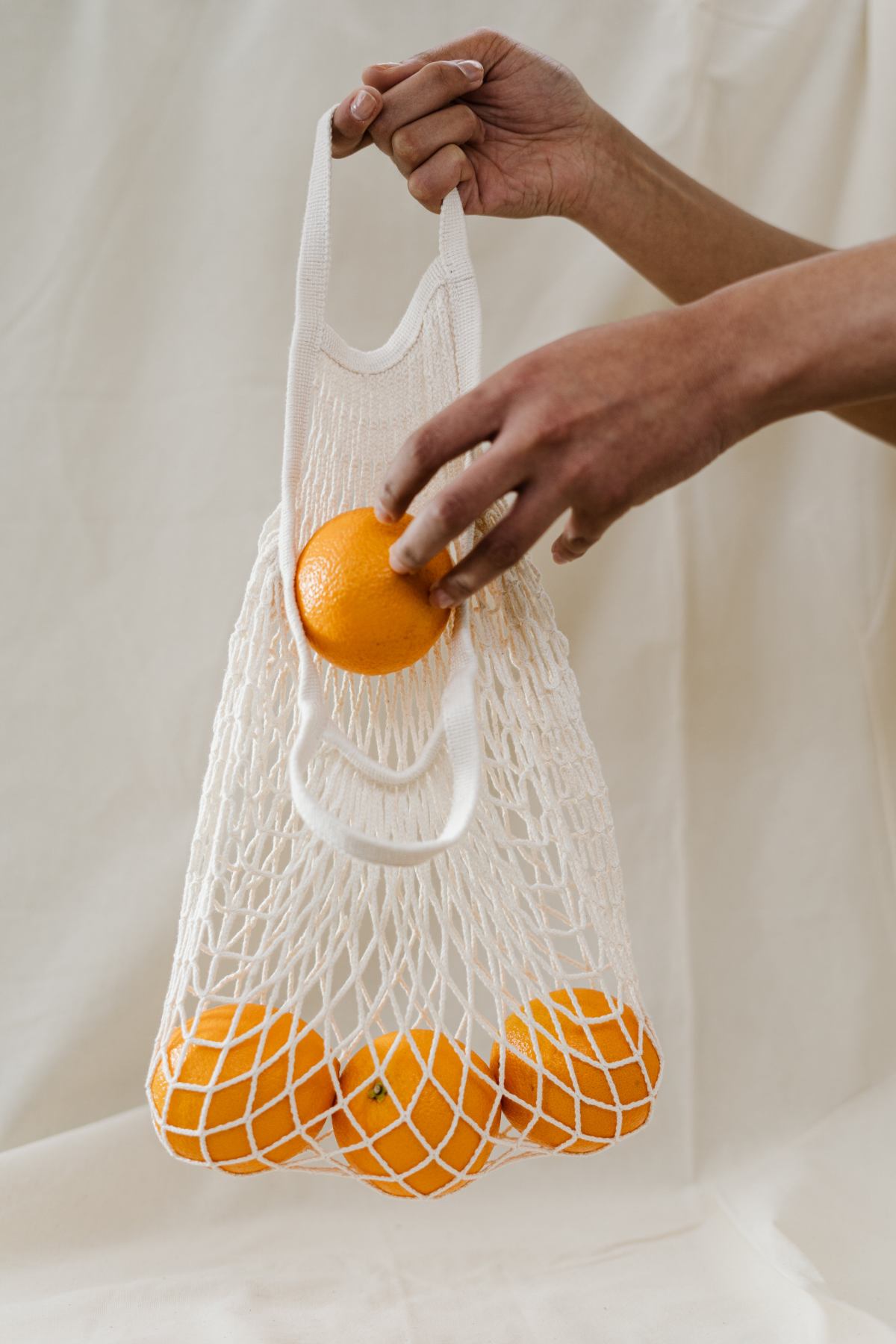
Blood Oranges: Winter’s Showstopper
The blood orange is just plain cool. That dramatic red flesh isn’t a trick; it comes from the same antioxidants found in blueberries. These pigments only develop when the fruit experiences cold nights followed by warm days—a weather pattern common in Mediterranean growing regions.
Their season is fleeting, usually from late fall to early spring, so grab them when you see them. The flavor is often described as orange with a hint of raspberry. Because they’re so beautiful and tasty, they’re perfect for making a vibrant salad dressing or a show-stopping cocktail. Just be careful—the juice will stain your cutting boards and countertops!
The Unexpected Winter Delights
Beyond the citrus aisle, a few other fruits are at their absolute peak when it’s chilly outside.
Pomegranates: A Box of Jewels
A fresh pomegranate is a treasure hunt where the prize is hundreds of glistening, sweet-tart seeds (they’re called arils). Peak season is from fall into the middle of winter.
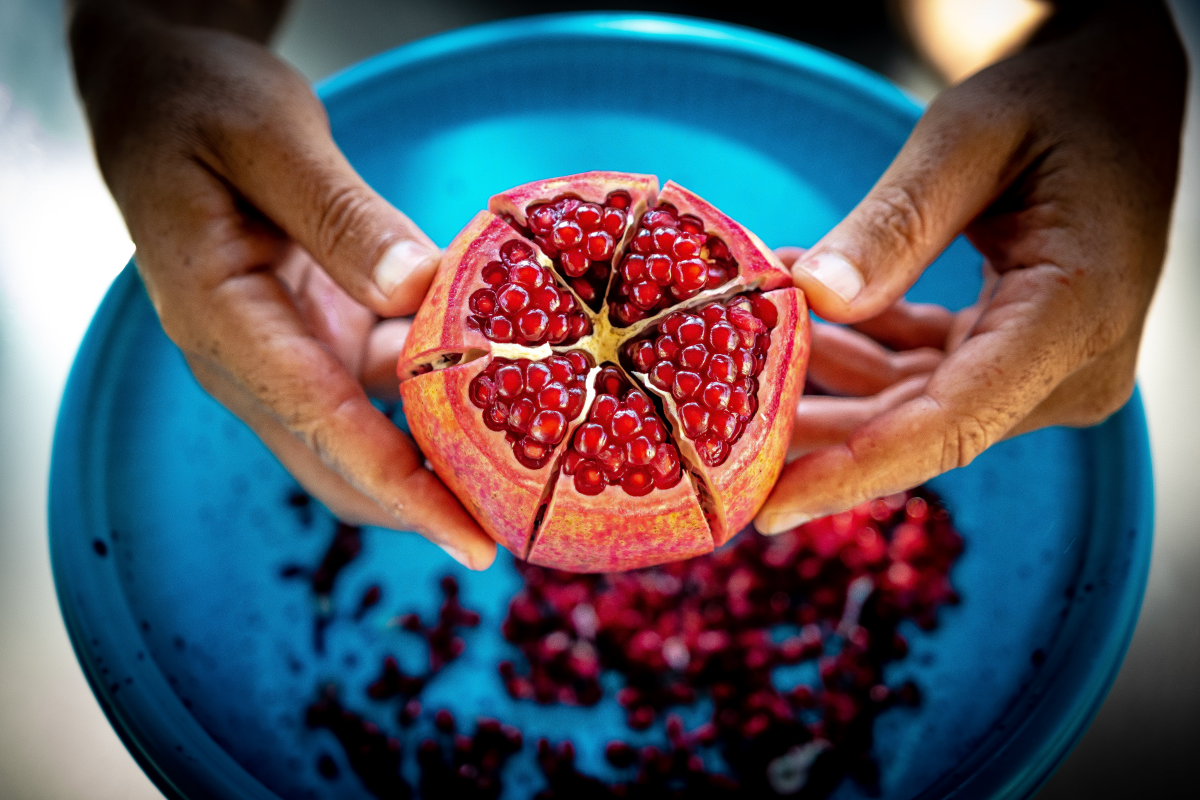
I’ve seen people make an absolute mess trying to get the seeds out. Here’s the cleanest method ever: Cut the pomegranate in half horizontally. Hold one half, cut-side down, over a large bowl of cold water. Now, firmly whack the back of the pomegranate with a heavy wooden spoon. The seeds will pop right out. The magic of the water is that the edible seeds will sink to the bottom while all the bitter white pith floats to the top. Just skim the pith off, drain the water, and you’re good to go.
When buying one, look for a pomegranate that feels heavy and solid, with firm, taut skin. They can be pricey, sometimes $3-$4 each, but a single fruit gives you a lot of seeds, so it goes a long way sprinkled on yogurt, salads, or desserts.
Persimmons: Please, Learn the Difference!
Okay, let’s talk about persimmons, because this is probably the most misunderstood fruit and can lead to a truly awful experience if you get it wrong. I once saw a new employee take a huge bite of the wrong kind of persimmon… his mouth puckered so intensely he couldn’t speak for a minute. Don’t be that guy.
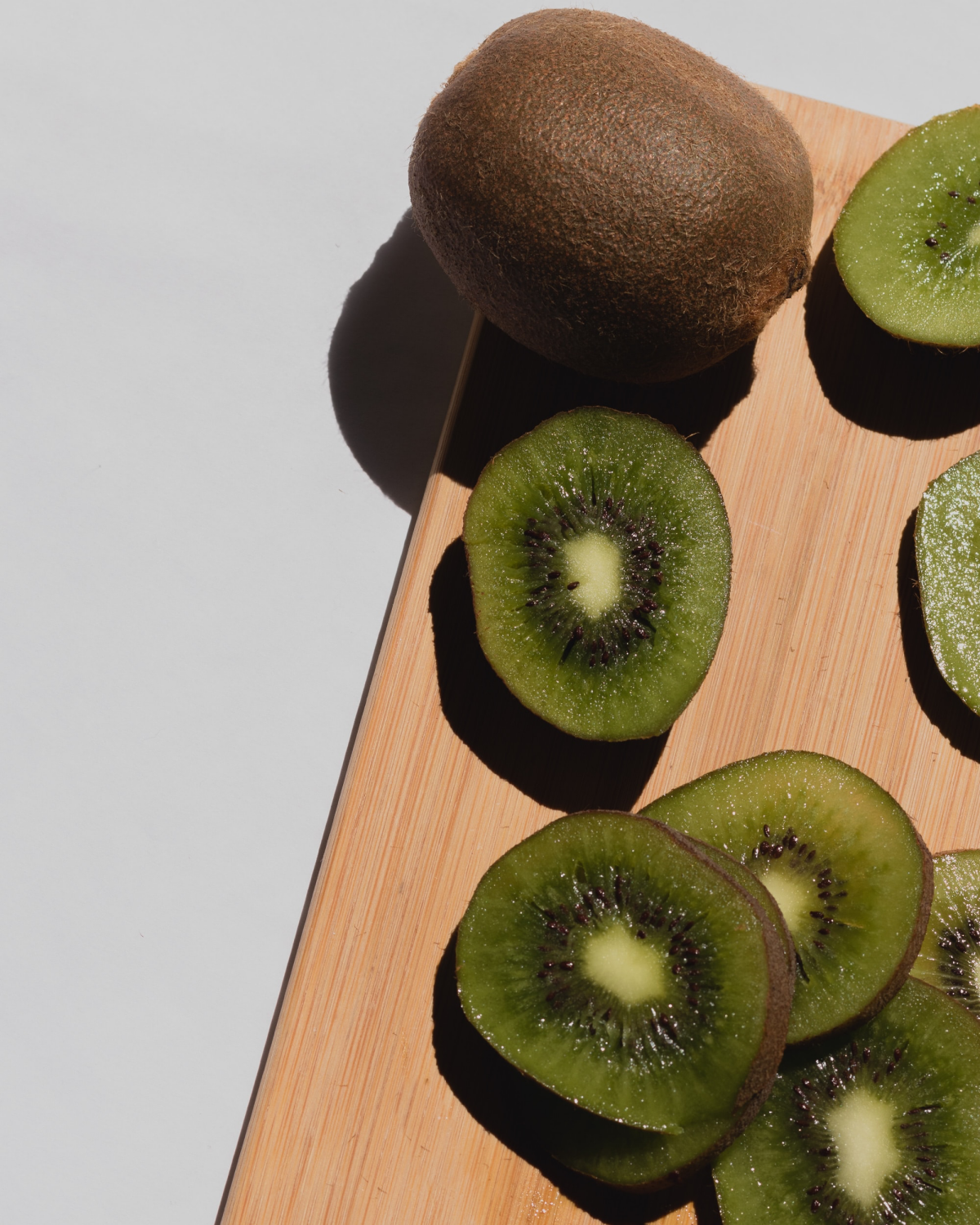
There are two main types you’ll find:
- The one you have to be careful with is the Hachiya. It’s acorn-shaped and bright orange. When it’s firm, it’s inedibly astringent because of tannins. You MUST wait until a Hachiya is completely, ridiculously soft—we’re talking squishy, like a water balloon. The flesh inside should feel like jelly. At that point, it’s transformed into an incredibly sweet, custardy pulp perfect for baking or smoothies.
- The one that’s easy to love is the Fuyu. It’s squat and shaped more like a tomato. Fuyus are fantastic because you can eat them when they are still firm and crisp, just like an apple. They have a delicate, sweet flavor and are perfect for slicing into salads or just eating out of hand.
If you end up with a rock-hard Hachiya, just place it in a paper bag with a banana for a few days. The ethylene gas from the banana will speed up the ripening process.
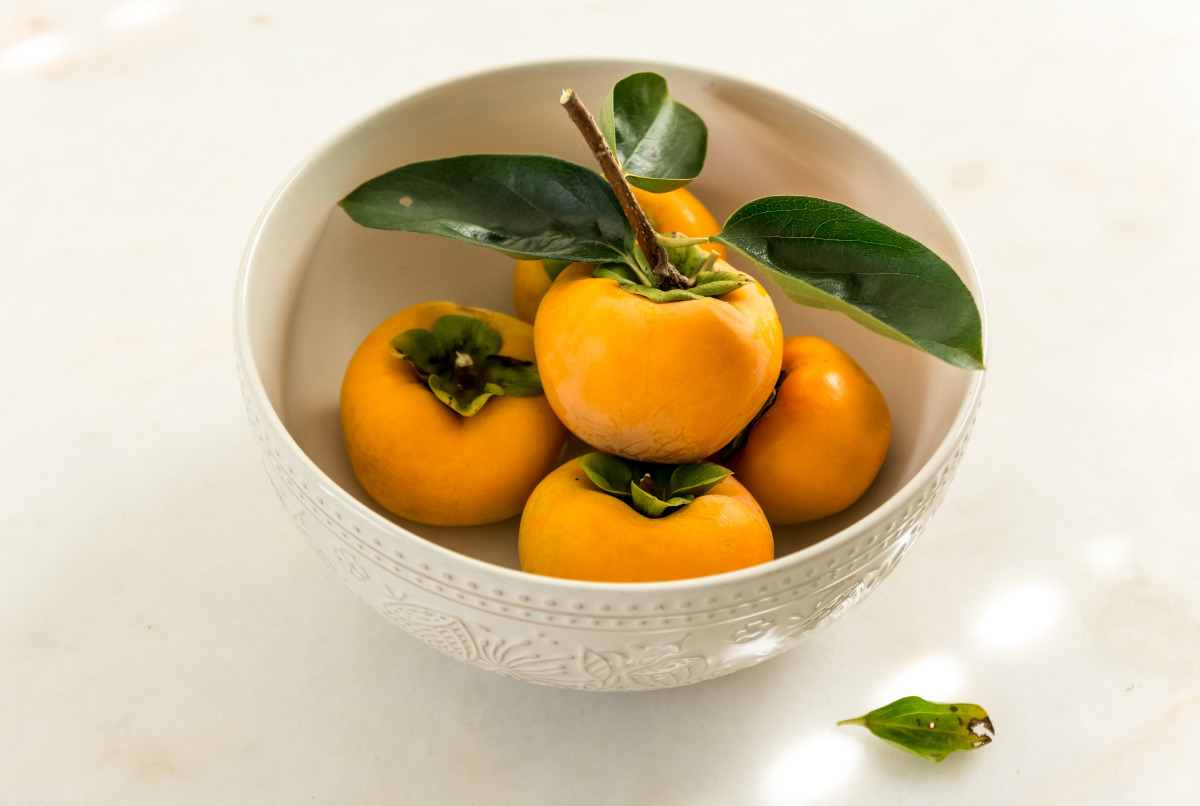
The Pantry Stars: Autumn Fruits That Last All Winter
Some of the fruits we love in winter aren’t actually harvested then. They’re harvested in the fall and are just incredibly good at storing.
Apples and Pears: The Magic of a Long Nap
That crisp, juicy apple you eat in February is a little miracle of agricultural science called Controlled Atmosphere (CA) storage. After the fall harvest, certain apples and pears are put into airtight, refrigerated rooms where the oxygen is lowered dramatically. This basically puts the fruit to sleep, slowing its ripening to a crawl.
Thick-skinned, dense apples like Fuji and Granny Smith hold up best. Pears like Bosc and D’Anjou are also great for storage. A fun fact about pears is that they’re picked when they’re mature but still unripe. They actually ripen from the inside out. To see if a pear is ready, don’t squeeze the body—you’ll just bruise it. Instead, gently press the “neck” near the stem. If it gives a little, it’s ready to eat.
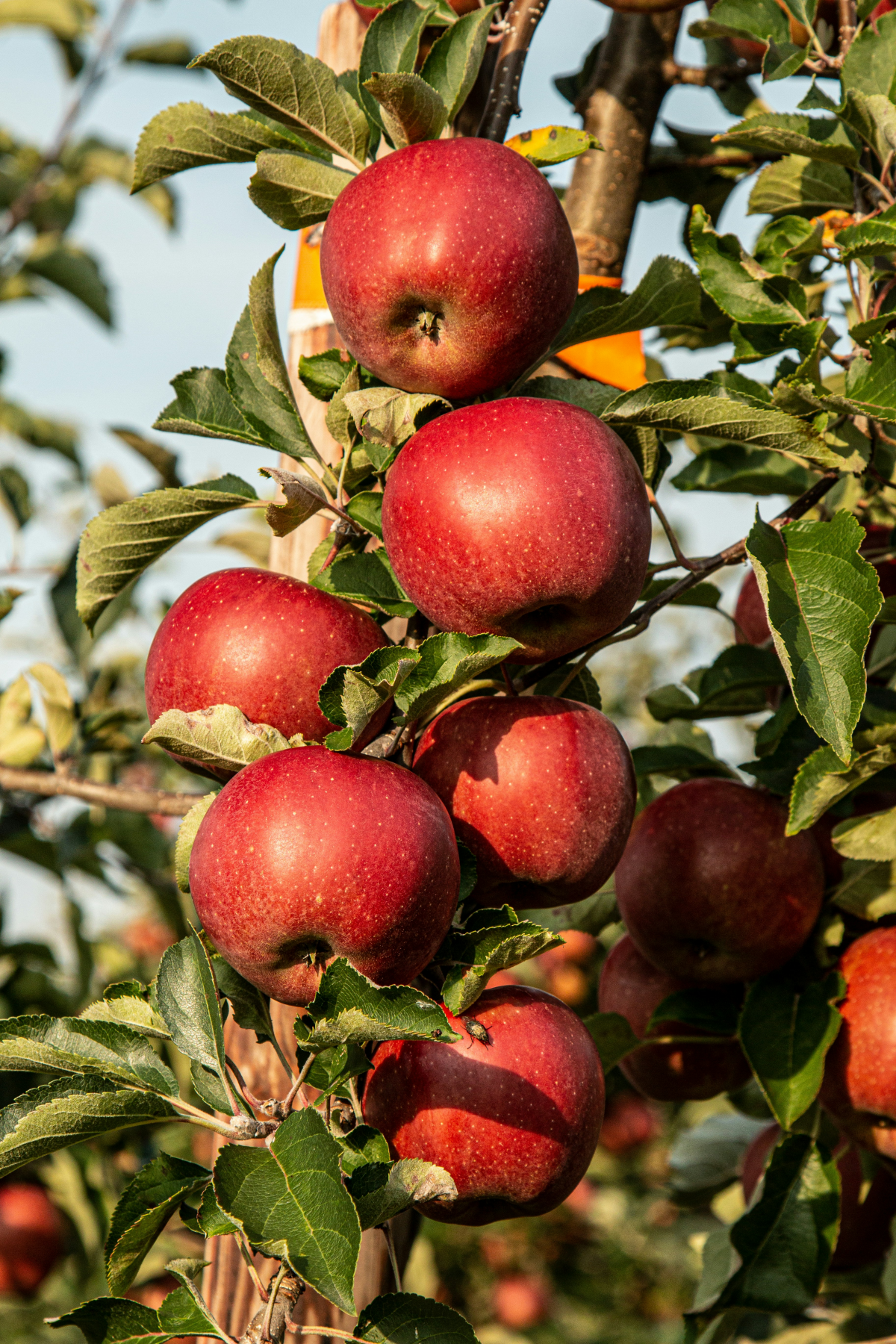
Quince: The Perfumed Project Fruit
The quince is a fragrant, old-school fruit that’s totally worth getting to know. Raw, it’s rock-hard and acidic. But cooking it is like a magic trick. It has this intoxicating floral perfume that will fill your whole kitchen. When you cook it, the hard, pale flesh slowly turns a gorgeous rosy pink and becomes tender and delicious.
Since it’s a bit of a project, here’s a super-simple way to try it for the first time:
My First Poached Quince: Peel, core, and slice one quince. Put the slices in a small pot and cover them with water. Add about a half-cup of sugar, a cinnamon stick, and a big squeeze of lemon juice. Let it simmer on low heat for at least an hour, maybe even two. You’ll see the color transform from pale yellow to a beautiful pink. Serve it warm over ice cream or yogurt.
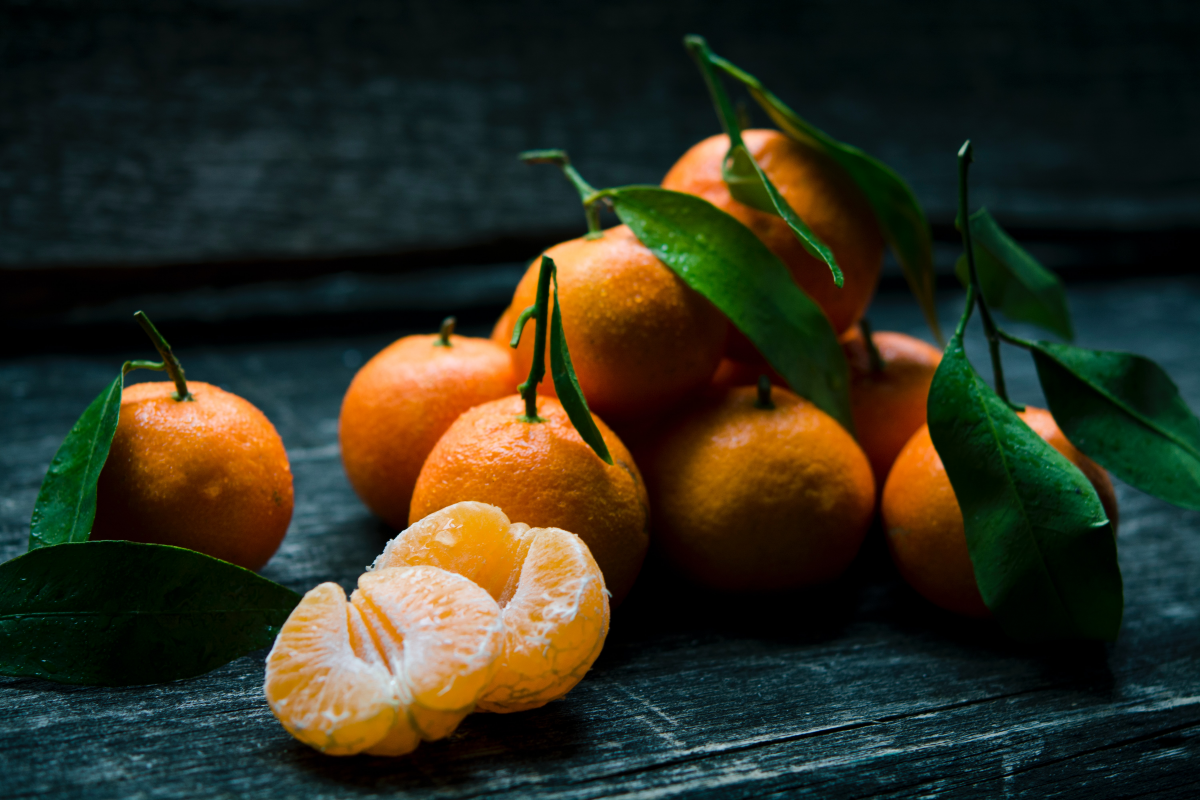
Putting It All Together: The Perfect Winter Fruit Basket
So, how do you turn this knowledge into a beautiful, functional fruit basket? Think about variety in flavor and texture.
Start with a base of easy-eating staples like Navel oranges and crisp Fuyu persimmons. Then, add a “showstopper” fruit—something visually striking like a few blood oranges or a whole pomegranate. It’s also fun to include a “project fruit” like a quince or a firm Hachiya persimmon, maybe with a little handwritten tag explaining how to ripen or prepare it. Finally, tuck in a few beautiful pears, letting the recipient know they’ll ripen to perfection on their counter in a few days. It’s a gift that’s not just delicious, but also a little bit of an experience.
…and now for your mission, should you choose to accept it.
This week, go buy one Fuyu persimmon (the tomato-shaped one). Just one. Take it home, slice it up, and eat it like an apple. No cooking, no waiting. See? You’re already a pro at eating with the seasons.
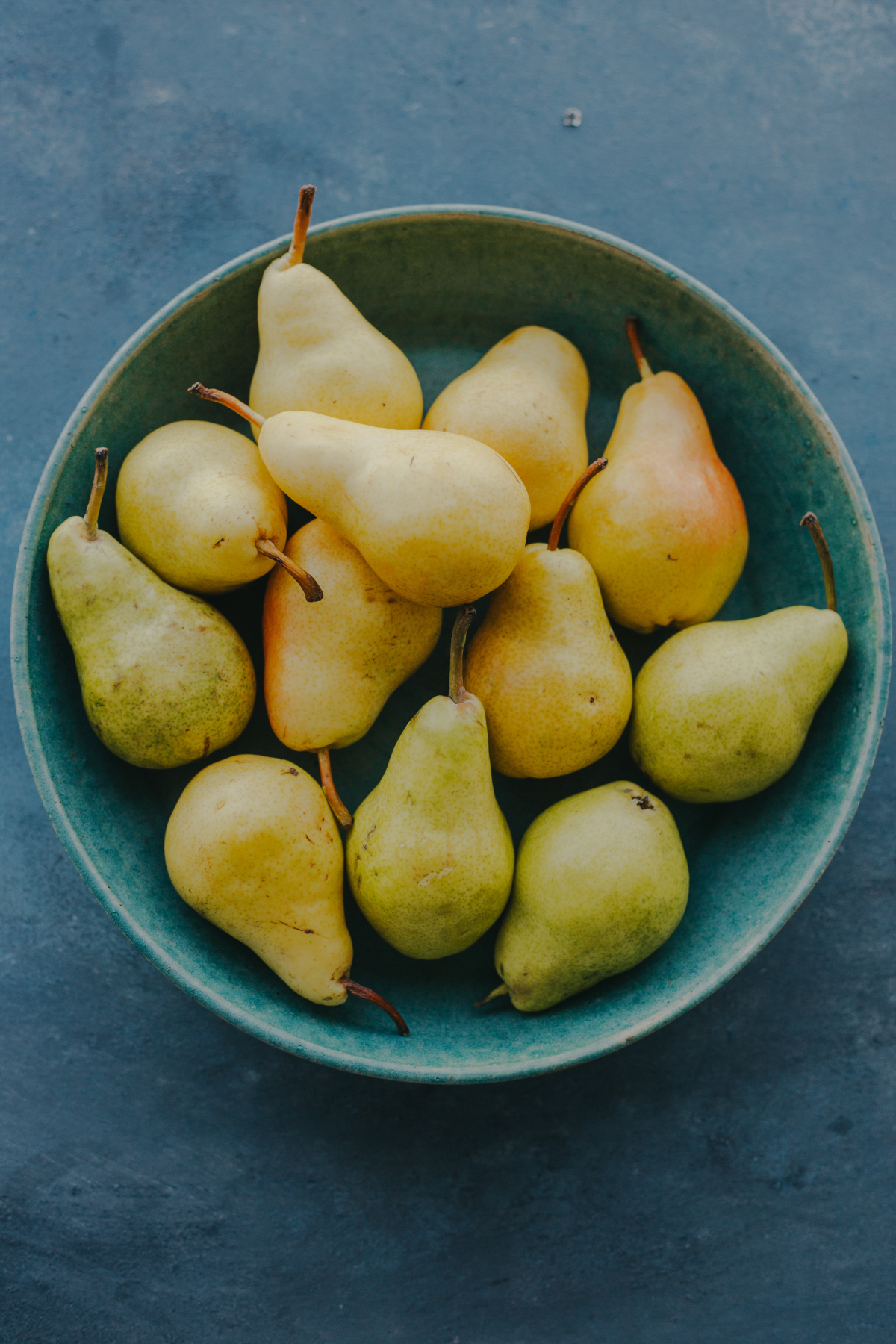
Galerie d’inspiration
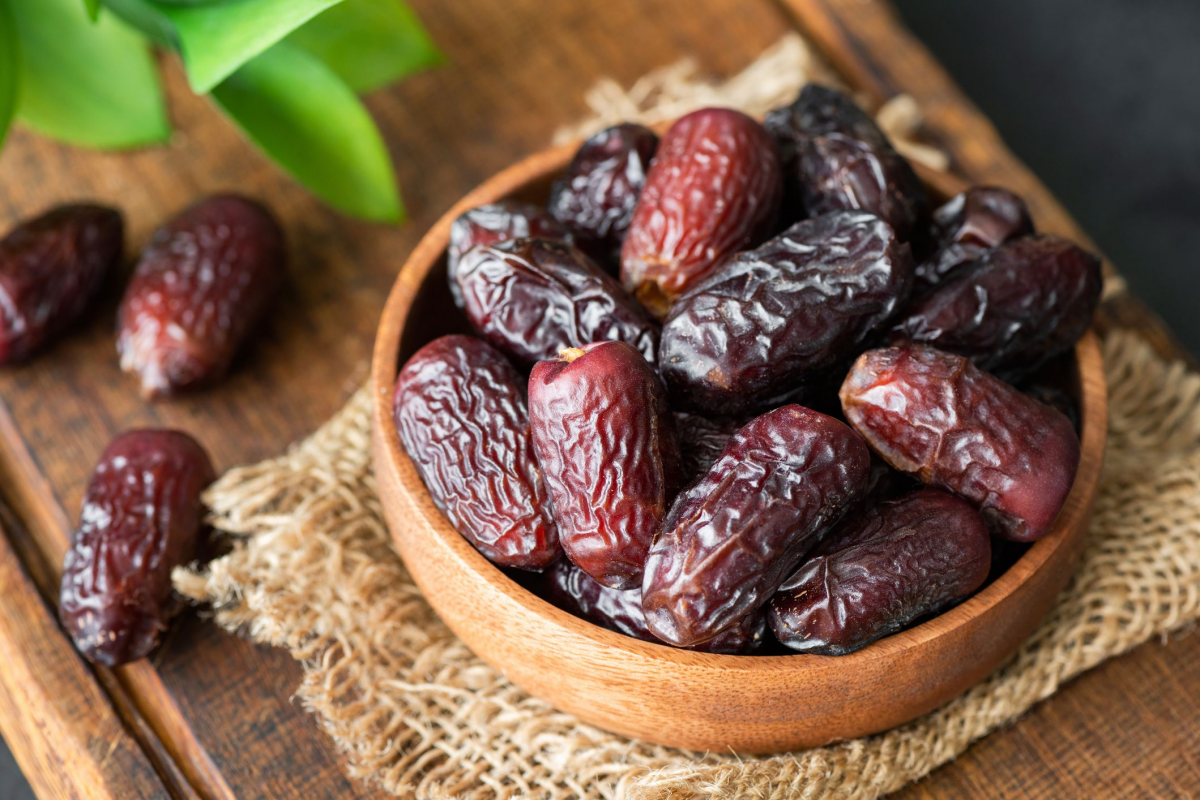
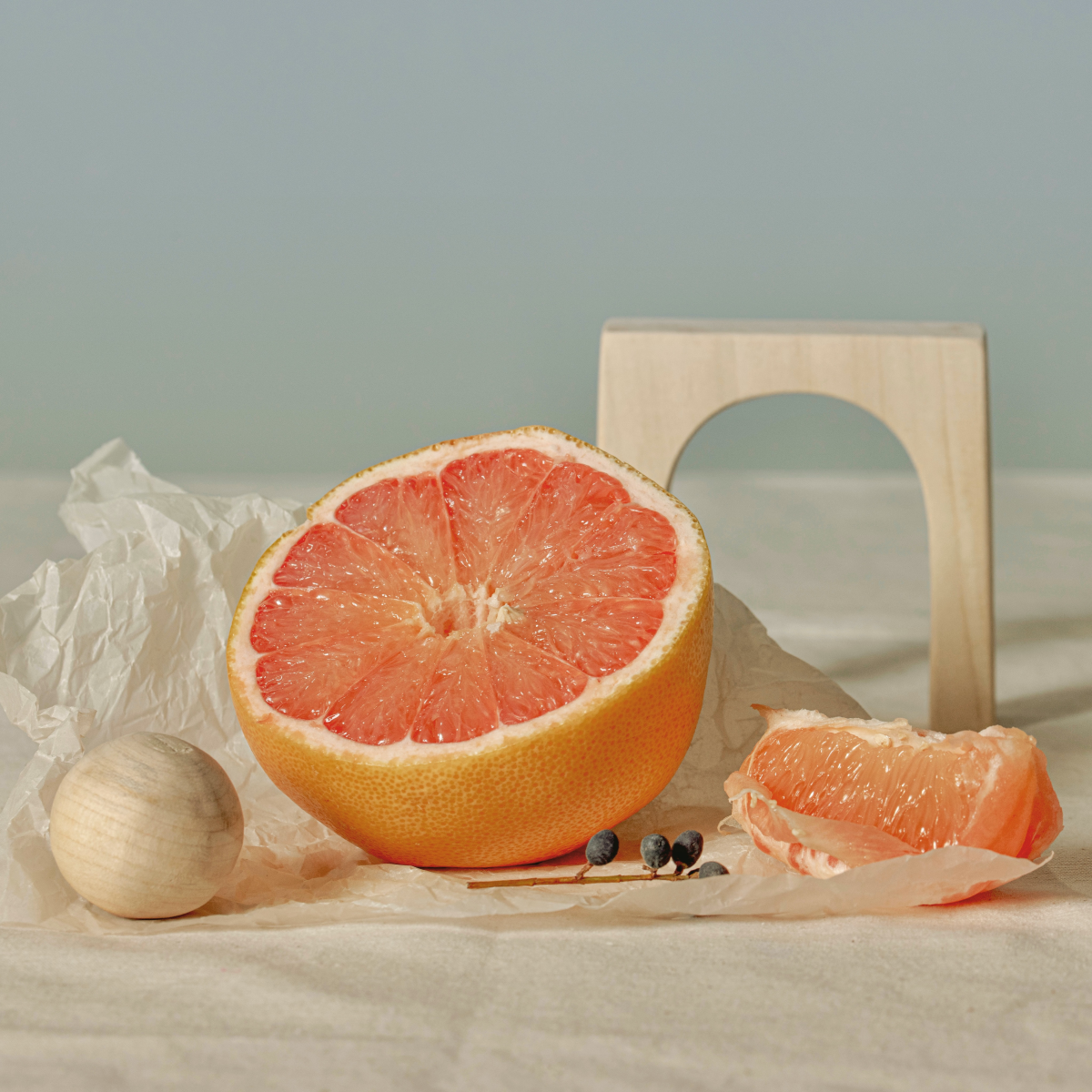
The Pomegranate Problem: Stop fighting with pomegranates and getting red juice everywhere. The secret is water. Cut the pomegranate in half, submerge the halves in a large bowl of water, and gently pry the seeds (arils) away from the pith with your fingers. The seeds will sink to the bottom while the white membrane floats to the top. Simply skim off the membrane and drain the water to collect your perfectly clean seeds.
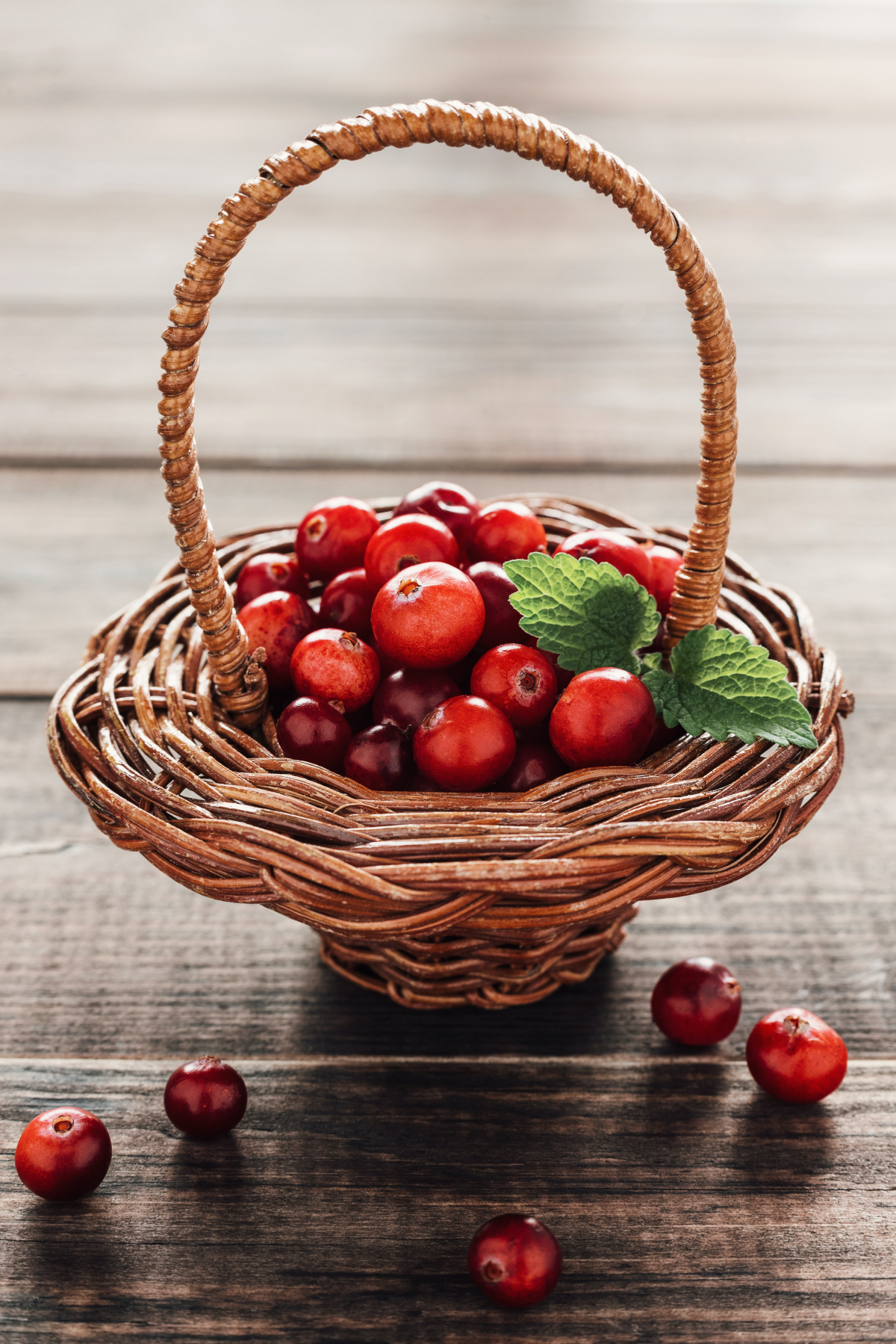
Cranberries are one of only three fruits native to North America, alongside the blueberry and the Concord grape. Native Americans used them for everything from food and dye to medicine.
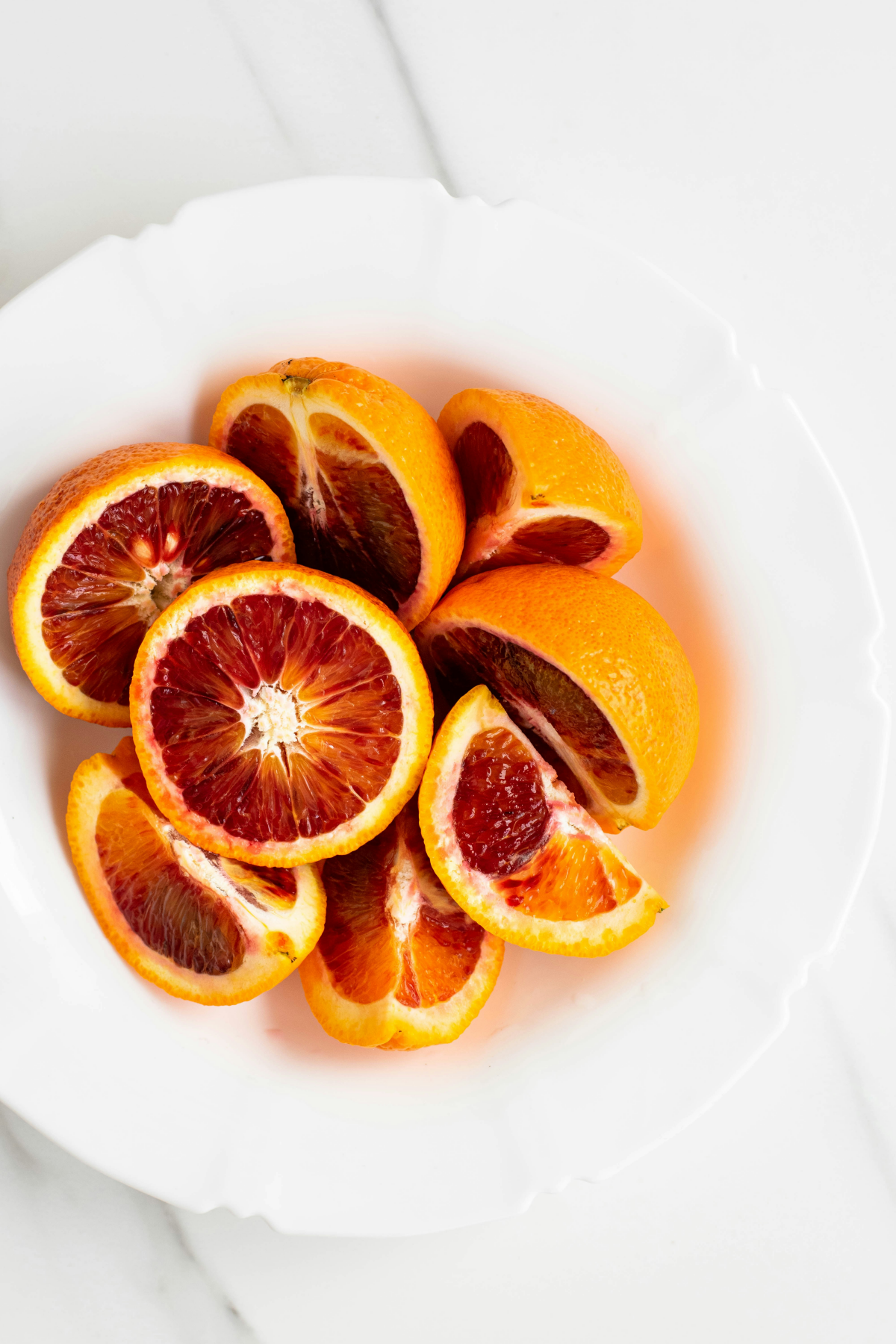
A winter fruit bowl is more than just a snack holder; it’s a living centerpiece. To create a display with texture and visual interest, think like a stylist and combine elements strategically.
- Color Contrast: Place deep purple figs or jewel-toned pomegranates next to bright yellow lemons or a sunny pineapple top.
- Varying Shapes: Mix the roundness of oranges with the elegant teardrop form of Bosc pears or the unique geometry of a star fruit.
- Add Texture: A small bunch of dates on the stem or a few walnuts in their shells can break up the smoothness and add a rustic, organic touch.

Ever bought a persimmon and been met with a chalky, mouth-puckering disaster?
You probably ate the wrong kind at the wrong time. There are two main types to know. The Fuyu persimmon is squat and tomato-shaped; it can be eaten firm and crisp, much like an apple. The Hachiya, on the other hand, is acorn-shaped and must be completely, almost jelly-soft before it’s ready. Patience is key with the Hachiya—it’s nature’s own pudding when ripe, but inedibly astringent before then.

Keep your citrus fruits like oranges and grapefruits on the counter for up to a week if you plan to eat them soon; their aroma is a wonderful natural air freshener. For longer storage, the crisper drawer in your refrigerator is best. Hardier fruits like apples and pears should also be refrigerated to maintain their crisp texture, but keep them separate from other produce as they release ethylene gas that can speed up ripening in their neighbors.
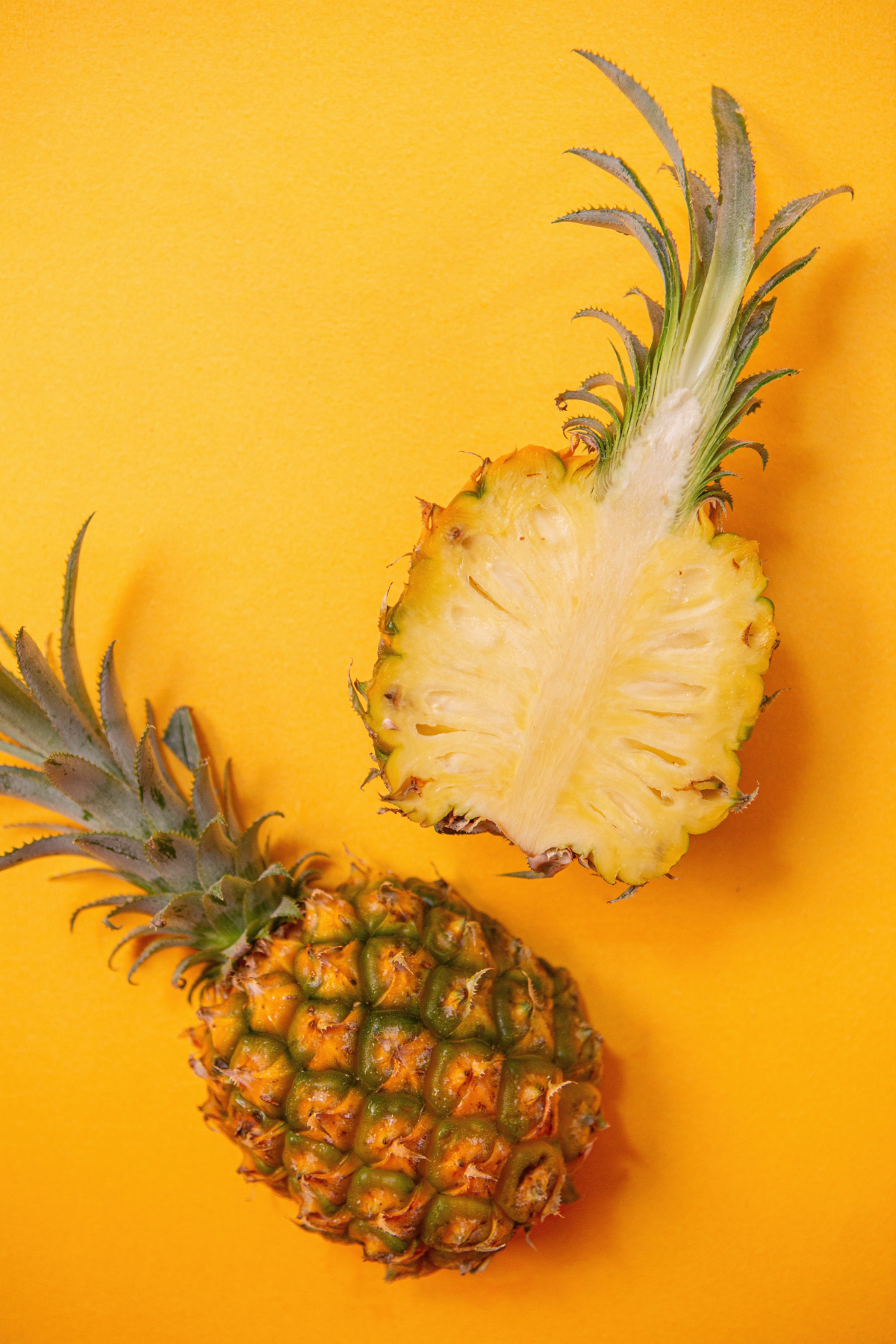
- A caramelized, slightly bitter-sweet flavor that warms you from the inside out.
- A beautiful, glistening surface that’s easy to scoop with a spoon.
- A transformation from a simple breakfast fruit into a sophisticated dessert.
The secret? A broiled grapefruit. Just halve it, sprinkle with a little brown sugar or a drizzle of maple syrup, and place it under the broiler for 3-5 minutes until bubbly and golden.
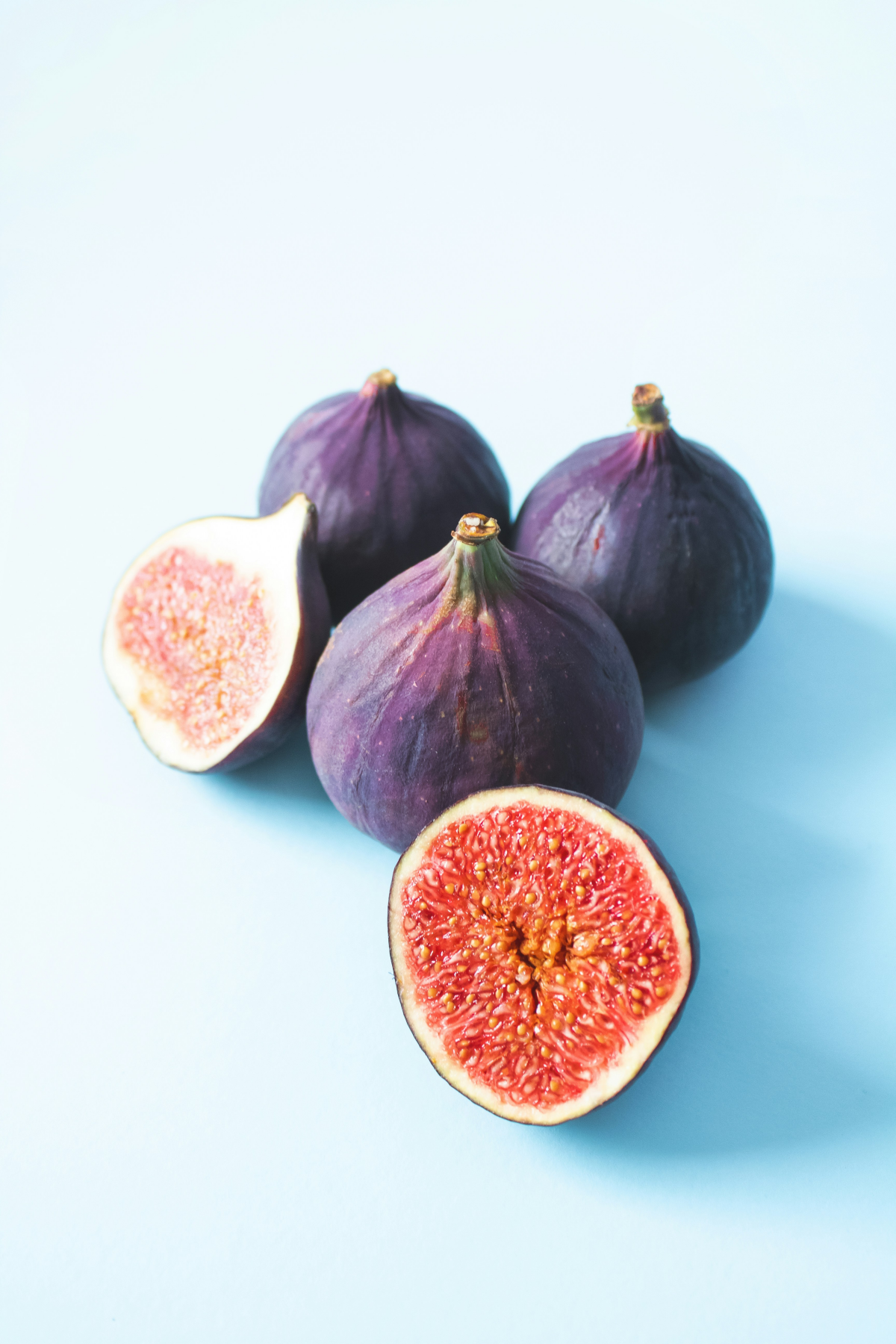
Globally, citrus peels make up nearly 50% of the wet mass of the original fruit, representing a huge portion of food waste in the juice industry.
Don’t let your peels go to waste at home. You can create a fragrant, all-purpose cleaner by packing the peels from oranges or lemons into a Mason jar, covering them with white vinegar, and letting it steep for two weeks. Strain the liquid, dilute it 1:1 with water in a spray bottle, and enjoy a chemical-free clean.
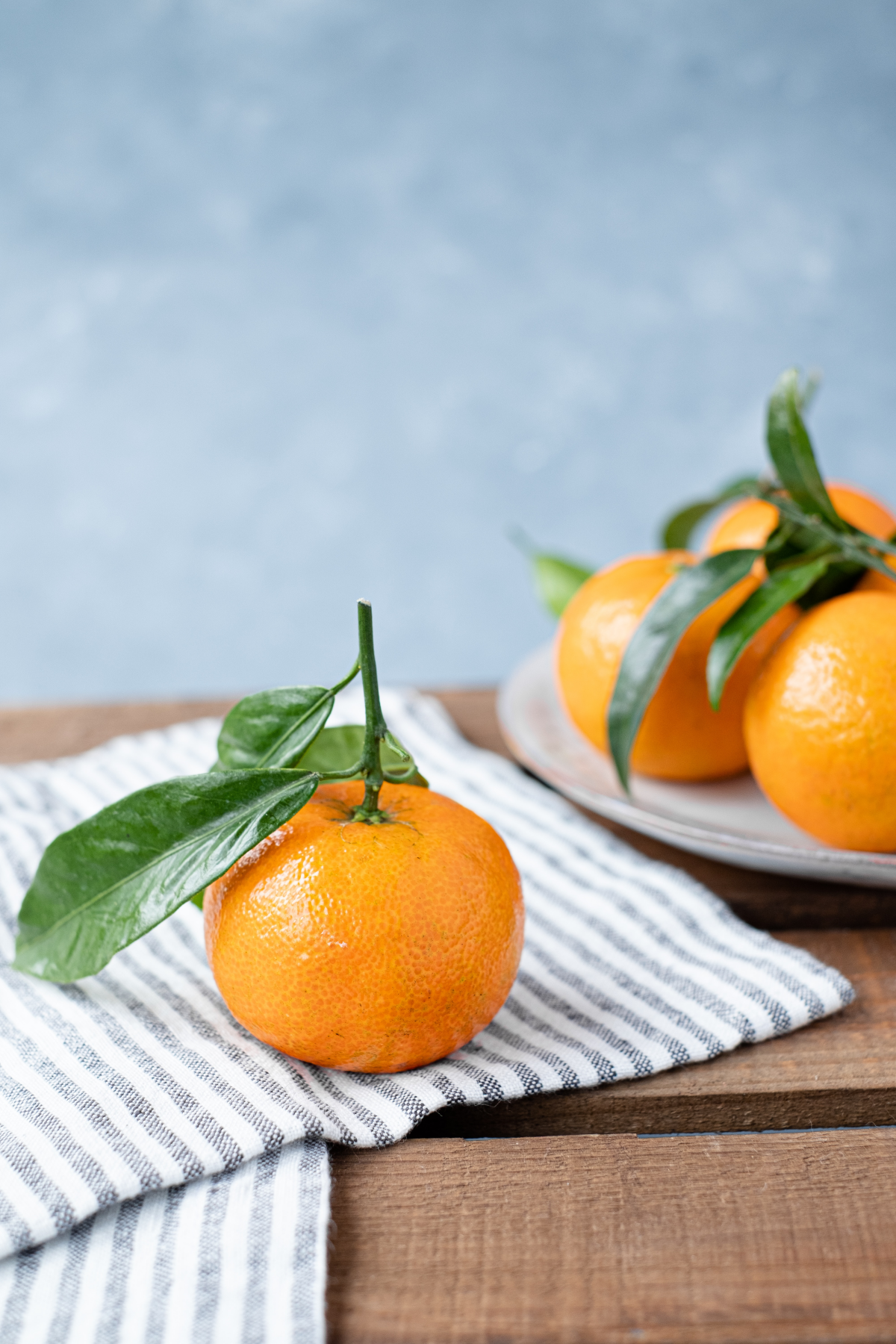
Clementine: This is a hybrid of a mandarin and a sweet orange. They are prized for being seedless, incredibly easy to peel, and reliably honey-sweet. Think of brands like ‘Cuties’ or ‘Halos’—they are the perfect grab-and-go snack.
Mandarin: This is the broader category that includes clementines, satsumas, and tangerines. A true mandarin can sometimes have seeds and its flavor is often a bit more complex and tangy than a clementine.
In short, all clementines are mandarins, but not all mandarins are clementines. For pure sweetness and convenience, the clementine is your best bet.
The unusual quince, with its tough flesh and floral scent, transforms into a delicacy with a little effort. Try making a classic Spanish membrillo, or quince paste:
- Gently simmer chopped quince with sugar and a splash of lemon juice until it’s soft and rosy-hued.
- Blend the mixture until completely smooth.
- Spread the puree thinly on a baking sheet lined with parchment paper.
- Bake at a very low temperature (around 150°F / 65°C) for several hours, until the paste is firm and sliceable. It’s the perfect partner for a sharp Manchego cheese.










